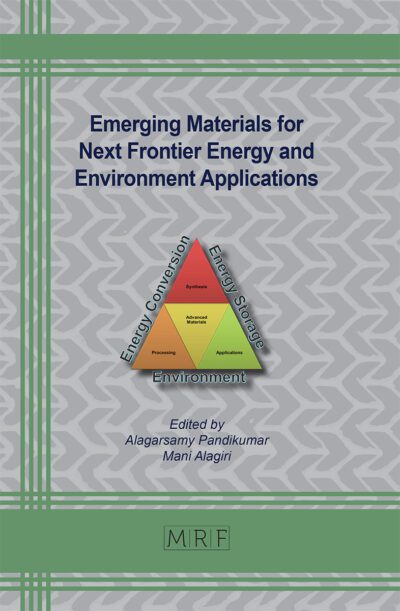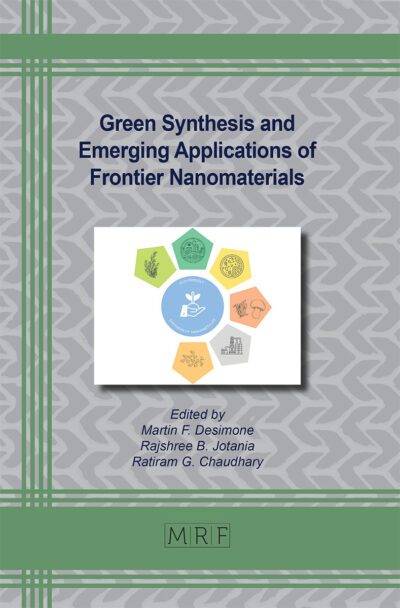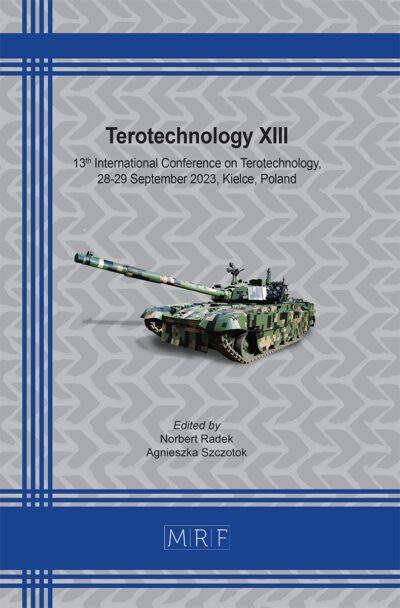Bridge damage detection by means of displacement based bridge weigh-in-motion
Takumi Yokoyama, Chul-Woo Kim, Daniel Cantero
download PDFAbstract. In order to develop an efficient and quantitative bridge inspection method using sensors, this study investigates feasibility of bridge damage detection using Bridge Weigh-In-Motion (BWIM) and deflection of the bridge. As deflection influence line changes due to damage in BWIM, a virtual axle is introduced to the vehicle and the process of axle weight identification so that the increase of identified wheel loads due to damage can be distributed to the virtual axle. Bridge damage thus can be detected by examining the wheel load on the virtual axle, which should theoretically be zero if the condition of the bridge has not changed from the reference state. Changes in the wheel load of the virtual axle due to damage in the bridge were observed from a laboratory experiment as well as simulations. The results also indicated that the wheel load of the virtual axle varied depending on the position of the virtual axle and the damage position. Observations demonstrated that the damage identification accuracy by means of the virtual axle can be improved by selecting the appropriate position of the virtual axle.
Keywords
BWIM, Damage Detection, Displacement, Influence Line
Published online 3/30/2023, 8 pages
Copyright © 2023 by the author(s)
Published under license by Materials Research Forum LLC., Millersville PA, USA
Citation: Takumi Yokoyama, Chul-Woo Kim, Daniel Cantero, Bridge damage detection by means of displacement based bridge weigh-in-motion, Materials Research Proceedings, Vol. 27, pp 243-250, 2023
DOI: https://doi.org/10.21741/9781644902455-31
The article was published as article 31 of the book Structural Health Monitoring
![]() Content from this work may be used under the terms of the Creative Commons Attribution 3.0 license. Any further distribution of this work must maintain attribution to the author(s) and the title of the work, journal citation and DOI.
Content from this work may be used under the terms of the Creative Commons Attribution 3.0 license. Any further distribution of this work must maintain attribution to the author(s) and the title of the work, journal citation and DOI.
References
[1] Ministry of Land, Infrastructure, Transport and Tourism, Road Bureau, Annual Report on Road Maintenance, 2020 (in Japanese).
[2] T. Ojio, C. Carey, E. O’Brien, C. Doherty, and S. Taylor: Contactless Bridge Weigh-in-Motion, Journal of Bridge Engineering, ASCE, 21(7) (2016) 04016032. https://doi.org/10.1061/(ASCE)BE.1943-5592.0000776
[3] F. Moses: Weigh-in-motion system using instrumented bridges. Transportation Engineering Journal, ASCE, 105 (1979) 233-249. https://doi.org/10.1061/TPEJAN.0000783
[4] D. Cantero, R. Karuomi, A. Gonzalez: The Virtual Axle concept for detection of localized damage using Bridge Weigh-in-Motion data, Engineering Structures, 89 (2015) 26-36. https://doi.org/10.1016/j.engstruct.2015.02.001
[5] P.J. McGetrick, C.W. Kim, A. Gonzalez and E. O’Brien: Experimental validation of a drive-by stiffness identification method for bridge monitoring, Structural Health Monitoring, 14(4) (2015), 317-331. https://doi.org/10.1177/1475921715578314












